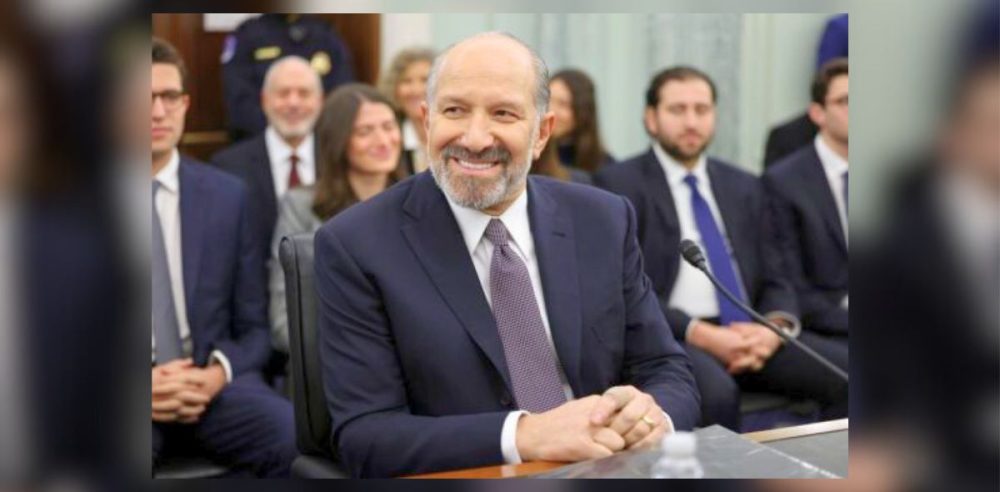Imagine pocketing your entire paycheck if you earn less than $150,000 a year. That’s the ambitious goal President Donald Trump is reportedly pursuing in 2025, according to U.S. Commerce Secretary Howard Lutnick.
As Trump ramps up his economic agenda, this proposal could redefine tax relief for millions if it clears significant hurdles.
Lutnick dropped the bombshell during a CBS News interview on March 11, saying, “I know what his goal is … no tax, for anybody who makes less than $150,000 a year.”
LUTNICK: "[Trump's] goal is no tax on anybody who makes less than $150K." 👀 pic.twitter.com/vAg6FNI64w
— Breaking911 (@Breaking911) March 12, 2025
The claim quickly made waves, though Trump himself has yet to confirm this goal in a public address. Still, it echoes his long-standing push for tax cuts, a hallmark of his first term and 2024 campaign.
If enacted, the plan would wipe out federal income taxes for roughly 93% of Americans, according to Newsweek’s analysis of 2022 Census data. That’s a staggering reach, covering everyone from minimum-wage workers to solidly middle-class families.
Trump’s tax vision isn’t new. His 2017 Tax Cuts and Jobs Act slashed rates for many, and he’s vowed to extend those reductions, set to expire after 2025. Recent promises—like scrapping taxes on tips, overtime pay, and Social Security benefits—signal a pattern. The $150,000 threshold furthers that philosophy, aiming to shield most earners from Uncle Sam’s reach.
Lutnick pointed to cracking down on overseas tax fraud and hiking tariffs to pay for it.
Trump’s already taking action on the latter, with 25% tariffs on steel and aluminum imports starting on March 12, according to The Economic Times.
He’s also floated 200% duties on European Union wines, rattling trade partners and markets alike.
The price tag raises eyebrows. Extending the 2017 cuts alone could add $3.9 trillion to the deficit over a decade, the Committee for a Responsible Federal Budget estimates.
Zeroing out taxes for millions more might push that figure higher unless tariffs and fraud enforcement deliver big. Skeptics aren’t convinced—POLITICO reports some GOP fiscal hawks warning, “Be careful about this.”
Congress holds the keys, and the timing is tight. Trump met with Senate Finance Republicans on March 13, but a looming government shutdown could stall progress.
Picture a single filer earning $150,000 today. They’re in the 22% bracket, owing about $26,000 in federal income tax after standard deductions. Trump’s plan would hand that back, boosting take-home pay overnight. The relief scales down for lower earners but still packs a punch—more cash for groceries, rent, or savings.
Trump’s $150,000 tax elimination pitch is a bold promise with the potential to reshape household budgets.
Whether it’s a serious proposal or campaign-style bravado remains unclear—he’s kept mum since Lutnick’s reveal. The idea faces a steep climb with Congress in flux and the economy humming under new tariffs.
Readers should watch for Trump’s next move as lawmakers haggle over dollars and deadlines.


